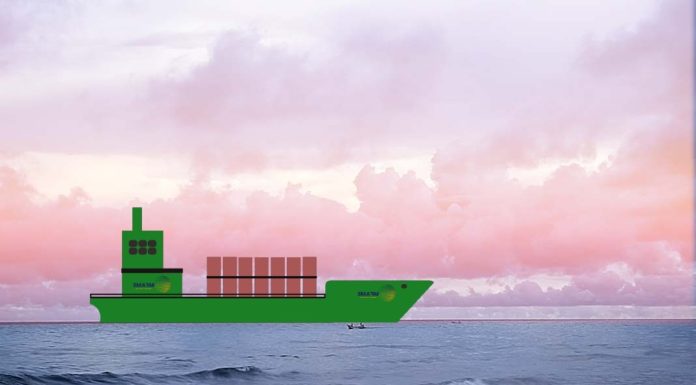- Healthy bottoms lines and a lack of tonnage to meet strong demand has caused a surge in boxship orders.
- BIMCO Analyst Peter Sand says 619 container ships are now on order for future delivery.
- Of those, 381 have been ordered in 2021 alone and never has 3.44m TEU been ordered in such a short time span.
Ocean carriers have doubled orders for container ships this year as a result of their healthy bottoms lines and a lack of tonnage to meet strong demand, reports Supply Chain Dive quoting BIMCO.
This comes as bottlenecks build up along the supply chain, from raw materials to container ships, which is expected to continue throughout the holiday season.
Lack of tonnage
The increase in vessel purchases comes at a time when carriers are experiencing a lack of tonnage to meet demand. Ocean carriers are responding to market needs, they need more space and equipment to transport goods.
“By procuring more vessels it further increases deployed capacity which is already close to 100% across trade lanes, and up 30% compared to 2019 levels,” Nathan Strang, Flexport senior trade lane manager of ocean operations, said in an email.
But the 619 container ships orders still do not solve the immediate problem of current supply chain congestion as it will take years for the final delivery of the new vessels.
“The container ship order book holds 5.3m TEU of shipping capacity which is scheduled to be added to the fleet from 2023 and onwards,” said Sand. Entering 2021 it was at 2.5 million TEU.
Surging shipping rates
The ongoing congestion in the ocean market from COVID-19 outbreaks at the ports and a lack of equipment have contributed to increases in shipping rates.
A source from Freightos said full door-to-door shipping prices are $26,000 now, up from $8,000 at the beginning of the year. Door-to-door shipping is when the item is picked up from the vendor and delivered to the recipient’s door.
“For supply chain managers’ lives to get easier, we need more effective capacity in the market to increase,” Strang said. “The severity of global congestion almost renders the added capacity meaningless.”
Managing the overwhelming demand
Dealing with overwhelming demand will require capacity in more parts of the supply chain than just the ships. If there are more ships at anchor that means longer dwell times which means more chassis are needed to clear the backlog, which are short of supply, Strang said.
“Ports can only handle so many containers at a time, and simply adding more ships and more containers will not get us anywhere if there is not more capacity in the system to receive those containers,” he said.
The closure of The Yantian International Container Terminal, part of third-largest port in the world created a domino effect of slowing global flow trends. This included loading dwells time doubling, discharge dwell time tripling, anchorage backups and blank sailing surging in June.
“Schedule integrity is also at an all-time low and almost every available vessel is in rotation to compensate the poor schedule integrity that the carriers are faced with right now,” Sri Laxmana, vice president of ocean at C.H. Robinson, said in an email interview.
More vessels to ease congestion
Laxmana expects more vessels will help to ease the current congestion in the supply chain. “The situation would be far worse if there wasn’t enough capacity to help compensate the poor schedule integrity,” Laxmana said.
There is no sign of bookings slowing down anytime soon, as peak season approaches and Golden Week follows shortly after. Shippers are working to move cargo earlier this year in hopes that inventory lands in time for the holidays.
“It seems that carriers are either anticipating no Golden Week slowdown in demand, or that they are prepared to keep the increased levels of deployed capacity, in the hopes of clearing backlog from congested ports,” Sea Intelligence CEO Alan Murphy said.
It’s Free! Click here to Subscribe!
Source: Supply Chain Dive





















